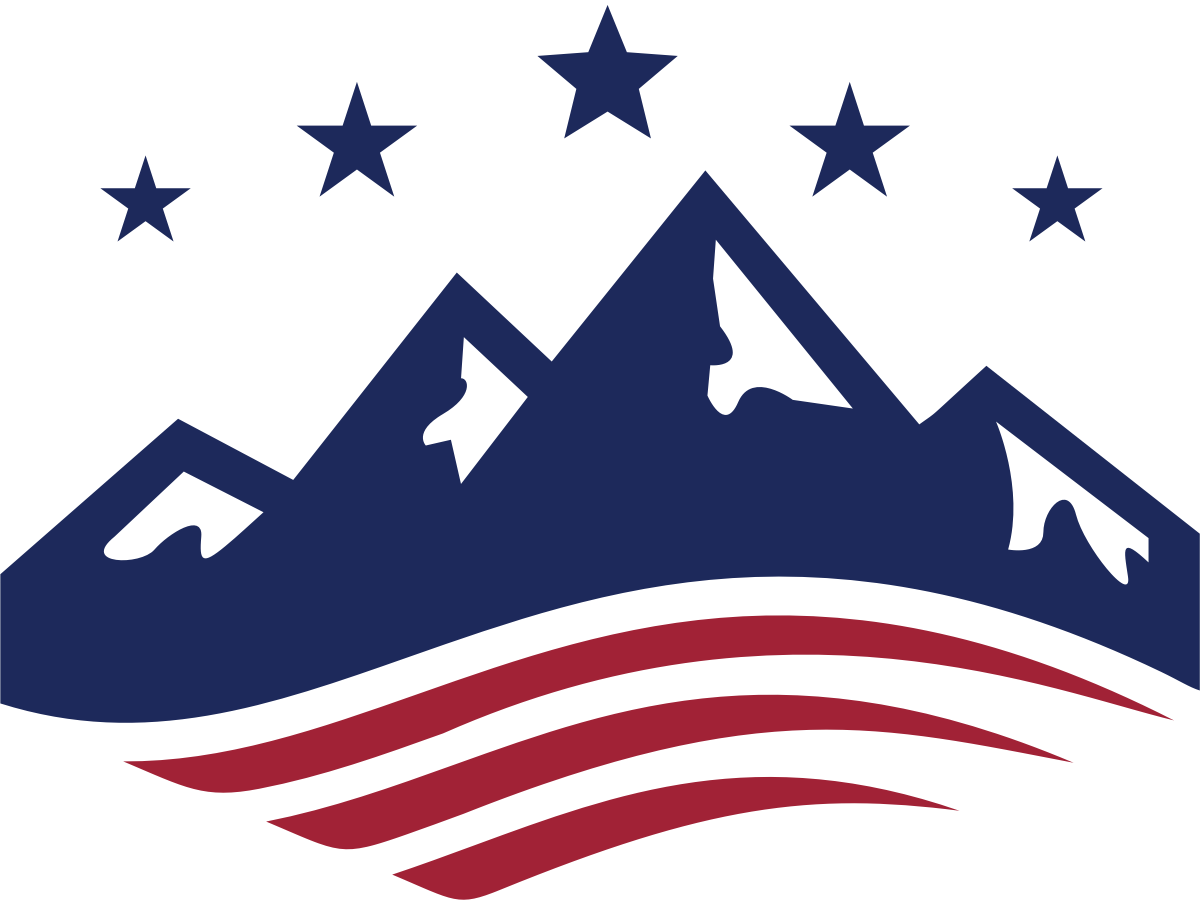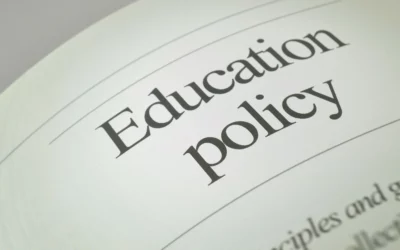
Written by Christine Cooke Fairbanks
March 7, 2024

A recent Scott Rasmussen National Survey found that 82%* of voters would favor allowing parents access to all curriculum plans and materials for classes their children take.
That’s an overwhelming majority, and it does seem obvious that parents enrolling children in public school ought to easily see the curriculum.
It’s not that simple.
Among states and districts that have policies on curriculum transparency, most offer parents some version of an ambiguous “right to review” the curriculum. Even then, logistics vary as to what a “right to review” means for parents and requires of schools.
Having transparent, easily accessible, online curriculum for review would have a range of impacts on many stakeholders: parents, teachers and students. Some impacts create challenges. Some impacts produce immediate benefits.
These impacts deserve thorough consideration and analysis – which this and future posts will endeavor to do. To start, curriculum transparency has an important impact on education choice.
Curriculum transparency has impacts on education choice
Education choice gains practical meaning when parents understand what their options for their student are in the first place.
Much has been accomplished in Utah and nationally in creating education choice, usually through funding mechanisms like education savings accounts or scholarships. These allow public funding dedicated to a child to go directly to parents, who then choose how to spend it for educational purposes – most often on private services or options.
This momentum has been great news for students and parents who want those private options. But even in areas with strong education choice programs, such as my home state of Arizona, most parents choose to enroll their children in public school. They, too, deserve an informed choice within that system.
Central to education choice within the public system is clear information that allows parents to make comparisons. Transparency in all forms aids in accomplishing this goal. While state policymakers have done an admirable job in creating transparency in education performance and spending, curriculum transparency is the next step policymakers need to prioritize.
Transparency in performance
Transparency in education has seemed like an unstoppable train ever since it got its start with public school performance more than a generation ago. In 1996 a nonprofit organization called Great Schools began, offering parents the chance to review schools and read reviews of other parents who had experience with schools. Much like a Yelp or Google review system, Great Schools began making school performance in various arenas transparent to help parents make good education decisions on their student’s behalf.
Then in 2002, Congress enacted and President George W. Bush signed the No Child Left Behind Act (NCLB). Policy measures in this law ensured that public school systems became more transparent about performance over time under the banner of “accountability.” There is no shortage of critics of NCLB and its several iterations (and for fair reasons), but its lasting impact has been to create transparency around student achievement as a school performance metric.
NCLB eventually led to grading schools using the common A, B, C, D or F scale. This reform became popular and was adopted by states mostly throughout the 2010s. Even further back, in 1999, Florida was the first to set in motion momentum for assigning letter grades to schools based on performance. These easy-to-understand ratings were intended to offer transparency to the public, encourage schools to improve, and provide parents with a quick label to discern good schools from struggling schools.
In 2013 Utah became one of the states that adopted school letter grades. But education stakeholders in Utah pushed back against the policy because, in their view, bad grades stigmatized schools. Last year, after a trial run of not reporting school grades during the pandemic, the state discarded school letter grades in favor of school report cards. Essentially these are dashboards that remove the cumulative score of a letter grade while offering more detailed ratings on achievement, growth, English learner progress, and postsecondary readiness.
For advocates of school letter grades, losing the cumulative score obscured clear information from parents. At the same time, the more nuanced school report cards made specific details of school performance more transparent and built greater school accountability to state leaders and parents.
This brief historical review on performance transparency shows the growing public demand – begun decades ago – for information on schools to which parents may send their children.
Transparency in spending and outcomes
After its push on performance, the transparency train’s next stop was spending station. In 2008, the Utah Legislature enacted a law that made all spending of tax dollars – including public school spending – transparent and publicly accessible through an online portal. Over time, this development eventually inspired additional levels of public school spending transparency.
In 2019, the state auditor’s office released a dashboard that allows the public to analyze spending in public education alongside outcomes for each district. The goal is to be transparent about how schools are doing relative to how much they spend. Such transparency is especially helpful as the public seeks to understand the yearly debate around Utah’s low per-pupil spending and to what degree it makes a difference for student learning.
Analyzing how well a district uses money based on its outcomes can help leaders make decisions on where to improve their approach. It can also assist parents in determining which public school districts produce the best quality education.
Now, transparency in curriculum
The final frontier of the transparency train may be curriculum transparency. This is because while performance and spending transparency offer information at the district or school level, curriculum transparency empowers parents with information of what is actually going on in the public school classroom where their student is learning.
For obvious reasons, seeing what educators are teaching helps parents better examine whether a particular course or classroom is a good fit for their student. This applies not only in the arena of avoiding controversial topics (as is often discussed in media), but in searching for academic rigor, relevance, and alignment with student aptitudes and goals.
Parents who send their children to public school don’t abdicate their role in education; they enter into a partnership with teachers. Part of parents being able to know which school or course to choose for their student is having easy, free and efficient access to what their child will be taught in class.
Conclusion
Transparency in public institutions is the gold standard for encouraging an environment of trust. Over decades, policymakers, parents and others have pushed for greater transparency in public education. This has been a healthy development, and we ought to extend that expectation to curriculum as well as school performance and spending.
Of course, the highest good in education is student learning. Curriculum transparency helps us get there by making the academic choices available to parents truly informed and meaningful, which in turn can make improved student learning a reality.
*Methodology
This CounterpollingTM survey of 1,000 registered voters was conducted online by Scott Rasmussen on Feb. 21-22, 2024. Field work for the survey was conducted by RMG Research Inc. Certain quotas were applied, and the sample was lightly weighted by geography, gender, age, race, education, internet usage, and political party to reasonably reflect the nation’s population of registered voters. Other variables were reviewed to ensure that the final sample is representative of that population.
The margin of sampling error for the full sample is +/- 3.1 percentage points.
This survey was paid for by RMG Research Inc. as part of the service provided for Gold Circle Members.

Insights: analysis, research, and informed commentary from Sutherland experts. For elected officials and public policy professionals.

- Curriculum transparency has important impacts on education choice for parents.
- Transparency in education – in performance and spending – has been growing over generations, motivated by a strong public desire to evaluate the schools the public is funding so parents can choose the school that helps their student learn better.
- Policymakers should consider curriculum transparency the next important step in the pursuit of improved student learning.
Read More
Education policy to consider during the 2024 election season
Here’s a look at what each presidential candidate is likely to focus on in education, given their track records and campaign platforms.
Ignoring the text of the Constitution is a mistake
A written Constitution is entirely superfluous if the document is simply meant to give the people what they want.
What you need to know about election integrity
It should be easy to vote and hard to cheat. This oft-quoted phrase has been articulated as a guiding principle by many elected officials wading into voting and election policy debates in recent years. So why has this issue been so contentious, and what’s the solution?


